
| The rock cycle |
| Erosion |
|
Erosion is the process by which weathered particles are worn away and moved elsewhere by wind, water or ice. The process itself is difficult to capture in photos (though not impossible). What I can ̶ and do ̶ show though, is the end result of erosion, such as an eroded landscape. |
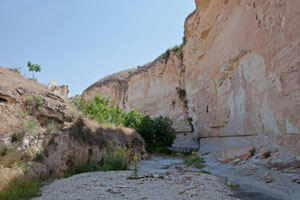
|
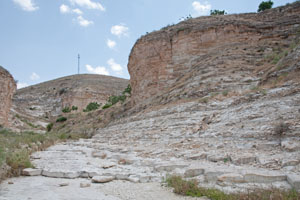
|
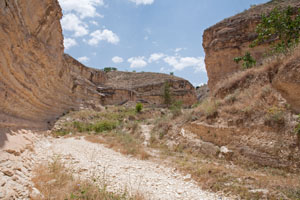
|
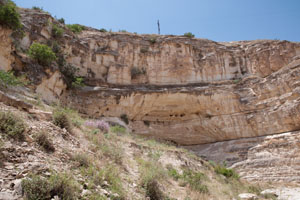
|
|
A gorge near Birecik (Şanliurfa), Turkey; 12 June 2011. In the past, the river most likely was far more impressive than nowadays, a mere trickle of water - though during a rain storm it may turn into something more impressive. During ages, the river has dissolved the limestone bedrock, carving out this beautiful gorge. |
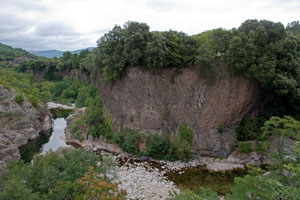
|
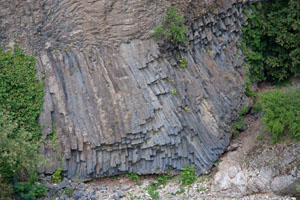
|
|
The river has exposed columnar igneous rocks at Jaujac (Ardèche), France; 25 July 2011. |
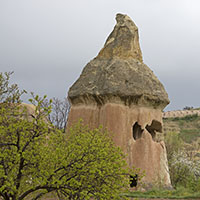
|
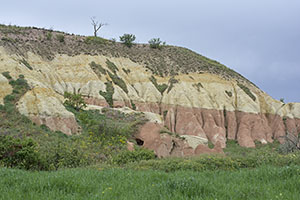
|
|
Erosion has exposed wonderfully colorful landscapes at Mustafapaşa (Nevşehir), Turkey; 1 May 2015. |
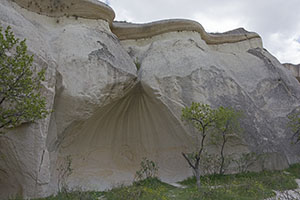
|
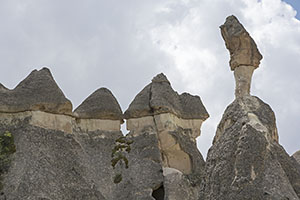
|
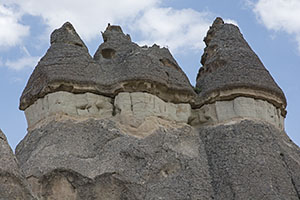
|
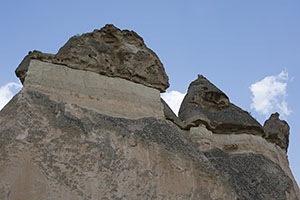
|
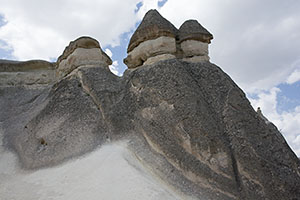
|
|
Long continued periods of weathering cum erosion can result in rather alienating landscapes, such as those around Zelve (Nevşehir), Turkey; 30 April 2015. |
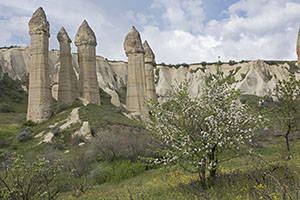
|
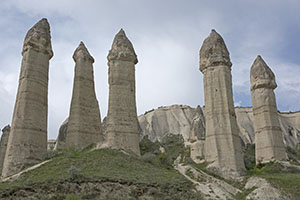
|
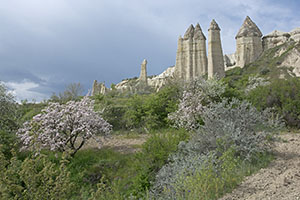
|
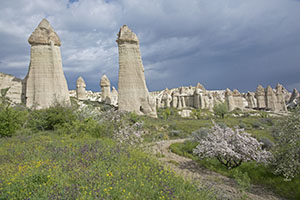
|
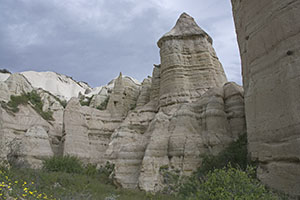
|
|
Although volcanic sedimentary rocks easily erode, not all sediments erode equally fast. In these strange pillar structures, the 'head' is more resistant to weathering than the underlying structures, thus protecting the pedestal they rest on. Göreme (Nevşehir), Turkey; 1 May 2015. |
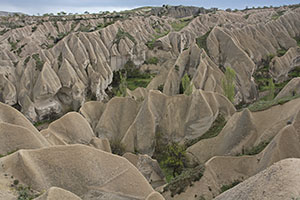
|
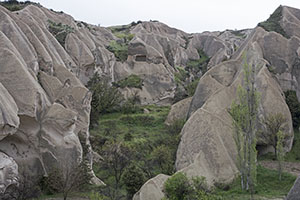
|
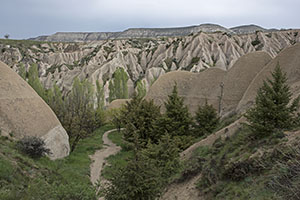
|
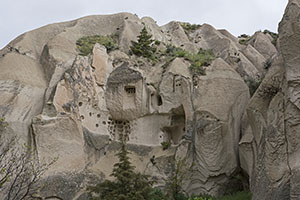
|
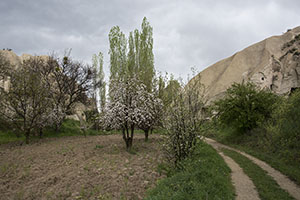
|
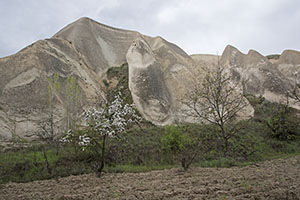
|
|
Volcanic sedimentary rocks easily erode, giving rise to magic landscapes at Ortahisar (Nevşehir), Turkey; 1 May 2015. The rocks are soft enough to easily carve out living spaces, and since weathered volcanic rock makes fertile soils, the little space here has been occupied and put to use. |